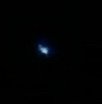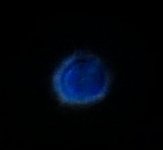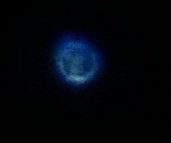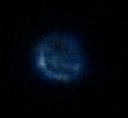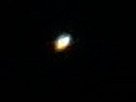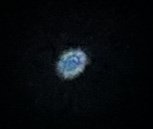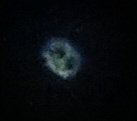I got many advice from birdforum friends and was impressed by looking through a birder’s tsn-99 in the field. I decided to purchase tsn-99A. When I received the scope, I took tsn-99a with Nikon ED82 to the field- the bay wetland with flocks of birds.
I have Nikon Fieldscope ED50 and ED82 for many years and they are excellent scopes. I have compared my ED82 with friend’s Swarovski ATX 85 and found they are on par with image quality. For ED82 I use DS 30x wide and MC II zoom eyepiece. DS 30x is wide and sharp; and MC II is a bit sharper and with more contrast than DS 30x.
Since tsn-99a comes with zoom eyepiece, I compared with ED82 with MC II zoom. As a birder, I evaluated scopes by viewing birds in the fields, observing details and color of feathers, searching birds from bush and under shade.
1) Zoom eyepieces: at lowest magnification Kowa FOV is much wider than Nikon; both scope have bright, crisp, sharp images from center to edge, and Kowa is brighter. Magnifications at 40-60x, Kowa still has sharp images and relaxing view. At highest magnification, both scopes hold up sharp images. I didn’t feel Kowa dark at 70x, and ED82 at 70-75x is noticeable darker.
Brightness difference makes sense for objective difference of 99mm and 82mm; it is more pronounced at overcast and dusk.
2) Image sharpness: side by side comparison at the same magnifications, Kowa showed more feather details of cinnamon teals from close 10m to far 500m. I used 70x to observe radio antenna tower on mountain from 10 km, Kowa show more details of antenna and building structure.
When I searched American coots from dense plants and green-winged teals resting under shade, Kowa did better job for better sharpness and contrast.
Reading small texts and car plates from signs at 500m distance under good condition (no heat haze), I can identify smaller texts and icons from Kowa when both scopes were at 70x. Maybe I will test by using USAF resolution charts later as I tested camera lens, and for scopes I found pretty consistent results of reading plates/signs from distance.
I have to say that my ED82 is excellent and sharp to edge and only side by side at the same condition can tell difference.
3) Color Aberration (CA): Kowa does great job at CA control. I chose objects at high contrast environments: branches against blue sky, egrets standing dark water background, power cables with white cloud background and I can’t find CA from the center to 90% of FOV from Kowa. Only 70x at far edge ~97% of FOV showed trace of CA. ED82 has good CA control but Kowa is better.
4) Color: both scopes provide vivid and saturated color. There’s slight difference to my eyes: Kowa has overall warm tone with a little enhanced yellow and red; Nikon (with MC II) has warm tone with a little enhancing red.
5) Eye relief (ER) of Kowa zoom is 17mm at 30x and it’s comfortable for me (I wear glasses). The ER reduces a bit at higher magnification and I still can see full FOV at 70x. Nikon zoom at 25x ER is okay. Nikon ER at 40-75x is short (10-12mm) so I need to press my eye onto eyepiece in order to see the image.
6) I like Kowa dual knobs focus system. It is very precise especially at high magnification.
In summary, I am satisfied with optical performance of tsn-99a. For me the wide FOV at low magnification and comfortable view at higher magnifications for long period of time are the key attributes. It is a big plus for sea watching and long distance birdwatching.
Jay









